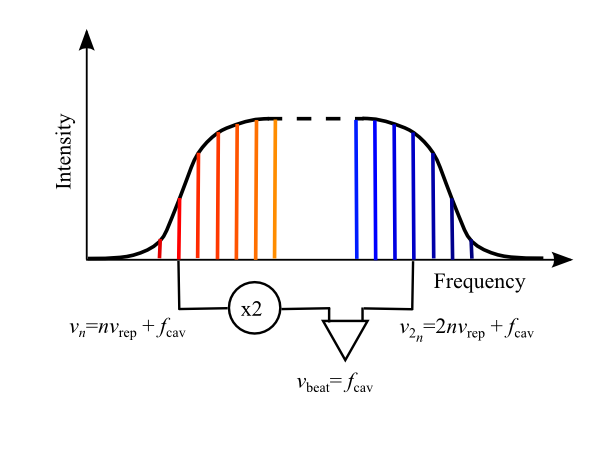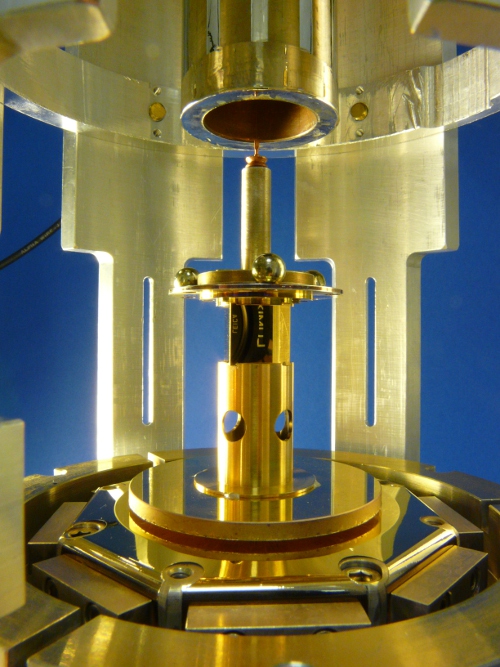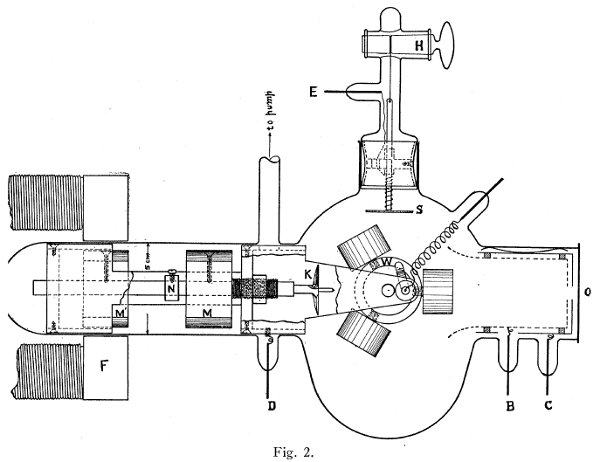There’s a new Science Express paper on interfering clocks today, which is written up in Physics World, with comments from yours truly. The quote is from a much longer message I sent– with no expectation that it would end up as anything other than a pull quote, I might add, but I thought the background… Continue reading Back-of-the-Envelope Gravitational Which-Way
Category: Precision Measurement
Tiny Forces, Artificial Materials, and Wobbling Stars: Physics Post Round-Up
I’ve been really busy with year-end wrap-up stuff, but have also posted a bunch of stuff at Forbes. which I’ve fallen down on my obligation to promote here… So, somewhat belatedly, here’s a collection of physics-y stuff that I’ve written recently: — Using Atoms To Measure Tiny Forces: A post reporting on some very cool… Continue reading Tiny Forces, Artificial Materials, and Wobbling Stars: Physics Post Round-Up
Colliders, Observatories, and Precision Measurements, Oh My!
The editor at Forbes suggested I should write something about the re-start of the Large Hadron Collider, so I did. But being me, I couldn’t just do an “LHC, yay!” post, but talk about it in a larger context, as one of three major approaches to filling the gaps in the Standard Model: The big… Continue reading Colliders, Observatories, and Precision Measurements, Oh My!
Super Bowl Athletes Are Scientists At Work
I wrote up another piece about football for the Conversation, this time drawing on material from Eureka, explaining how great football players are using scientific thinking: Seattle Seahawks cornerback Richard Sherman gets called a lot of things. He calls himself the greatest cornerback in the NFL (and Seattle fans tend to agree). Sportswriters and some… Continue reading Super Bowl Athletes Are Scientists At Work
High Precision, Not High Energy: Video
Back in August, I gave a talk in Stockholm at the Nordita workshop for science writers, about precision measurement searches for physics beyond the Standard Model. There’s now video of this online: The video quality isn’t great, but if you’d like a clearer look at the slides, I’ve posted them on SlideShare. The talk was… Continue reading High Precision, Not High Energy: Video
On Not Talking, for the Right Reasons
Over at Backreaction, Bee has a nice piece on our current age of virality. Toward the end, she discusses some of the ways this applies to science, specifically a quote from this Nature article about collaborative efforts to measure “big G”, and a story about a Chinese initiative to encourage collaboration. She writes of the… Continue reading On Not Talking, for the Right Reasons
Finding Extrasolar Planets with Lasers
On Twitter Sunday morning, the National Society of Black Physicsts account retweeted this: Using Lasers to Lock Down #Exoplanet Hunting #Space http://t.co/0TN4DDo7LF — ✨The Solar System✨ (@The_SolarSystem) September 28, 2014 I recognized the title as a likely reference to the use of optical frequency combs as calibration sources for spectrometry, which is awesome stuff. Unfortunately,… Continue reading Finding Extrasolar Planets with Lasers
Nordita Workshop for Science Writers: Wrap-Up
I didn’t write a summary of the third day of “Quantum Boot Camp” to go with my Day One and Day Two summaries for a simple reason: I would’ve needed to do that on Saturday, and I spent Saturday in transit back to the US. More than that, though, it was harder to summarize than… Continue reading Nordita Workshop for Science Writers: Wrap-Up
Impossible Thruster Probably Impossible
I’ve gotten a few queries about this “Impossible space drive” thing that has space enthusiasts all a-twitter. This supposedly generates thrust through the interaction of an RF cavity with a “quantum vacuum virtual plasma,” which is certainly a collection of four words that turn up in physics papers. An experiment at a NASA lab has… Continue reading Impossible Thruster Probably Impossible
Millikan, Einstein, and Planck: The Experiment io9 Forgot
A couple of weeks ago, io9 ran a piece about the old accusations that Robert Millikan manipulated his data for the electron charge with the headlineDid a Case of Scientific Misconduct Win the Nobel Prize for Physics? that got a lot of attention. I wasn’t as impressed with this as a lot of other people,… Continue reading Millikan, Einstein, and Planck: The Experiment io9 Forgot


